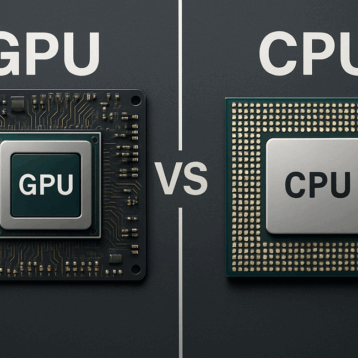
Prostheses are a necessary part of the modern world as they help people by replacing various amputated body parts. In our time, prosthetics have improved and become more complex. With their help, it became possible to restore the necessary functionality, and they also provide emotional comfort and help restore a sense of integrity.
There are different types of prosthetics, of which there are four main ones: transradial, transhumeral, transtibial, and transfemoral. Each of them performs its function and feature, depending on which part of the body was amputated.
Let’s see what type of prosthesis is responsible for what and how they differ:
1) Transradial prosthesis
It is installed on the arm below the elbow, it can cover both the forearm and the wrist. New type models have wires and cables. This type of prosthesis allows an amputee to have a functioning hand that can easily perform multiple functions.
2) Transhumoral prosthesis
This type of prosthesis is placed on the arm above the elbow. Due to its position, it is one of the most difficult. The transhumeral prosthesis has several placement methods, the most popular of which are the use of the suction system and the roller linear system.
3) Transtibial prosthesis
This type of prosthesis is placed on the leg below the knee. This promotes human mobility and facilitates participation in various recreational sports activities. When installing a transtibial prosthesis, it must be remembered that it bears the entire weight of a person, so it is necessary to choose the right prosthesis, it must be comfortable.
4) Transfemoral prosthesis
Mounted on the leg above the knee. Since the preserved body part is shorter than the prosthesis, it will take a person much longer to regain movement and undergo rehabilitation. After the insertion of a transfemoral prosthesis, walking requires approximately 80% more energy than a bipedal person. But thanks to the improvement of technologies and the emergence of new ones, such as hydraulic pumps and the ability to attach the prosthesis directly to the bone, rehabilitation is much faster and easier.
The prosthesis can be either electronic or manually controlled. Now electronic prostheses are more popular, but they have their pros and cons.
The most important advantage is that these prostheses require less muscle strength to operate. Another plus is that they can be more comfortable and realistic, especially those covered in latex leather.
But with all the obvious advantages of electronic prostheses, they have one significant drawback – the cost. They are more expensive than those that are manually operated. They will also need constant maintenance and battery recharging. And if your batteries stop working, you won’t be able to use your prosthesis. Another downside is that you won’t be able to use them in water because there is a risk of damaging the battery. Electronic prostheses also weigh more than others.
But the choice of prosthesis is only yours, before installation, carefully analyze your capabilities and desires, and professionals will be able to help you.
choose custom prosthetics solutions.
Let’s now understand how dentures are installed:
After the operation, a person will need time to regain strength, the wound healing and the tumor subsided, only after that, the specialists will be able to start manufacturing the prosthesis and adapt it to the patient. They must scan the stump or take an impression. When modifying, factors such as the condition of the muscles, bones, and tendons are taken into account.
Next comes the installation of the prosthesis. It all starts with the fact that specialists decide what type of prosthesis will be installed and what method of attachment will be used. The part of the device that connects to the body is called the socket, it is very important that it fits snugly against the body and is comfortable.
Helps to keep the prosthesis on the body – suspension system. Based on the desires of the person and the type of prosthesis, it can vary.
From all of the above, it can be concluded that in today’s world, choosing the right type of prosthesis is quite simple, especially when you turn to trusted providers such as PrimeCare Orthotics & Prosthetics provider. Also, with the development of new technologies, prostheses have appeared that are lighter, stronger, and easier to manage than older versions. This is made possible by carbon fiber. They can also have a natural look as you can match them to your skin tone. All this suggests that amputees can again continue to live a normal life and do not limit themselves to anything.










